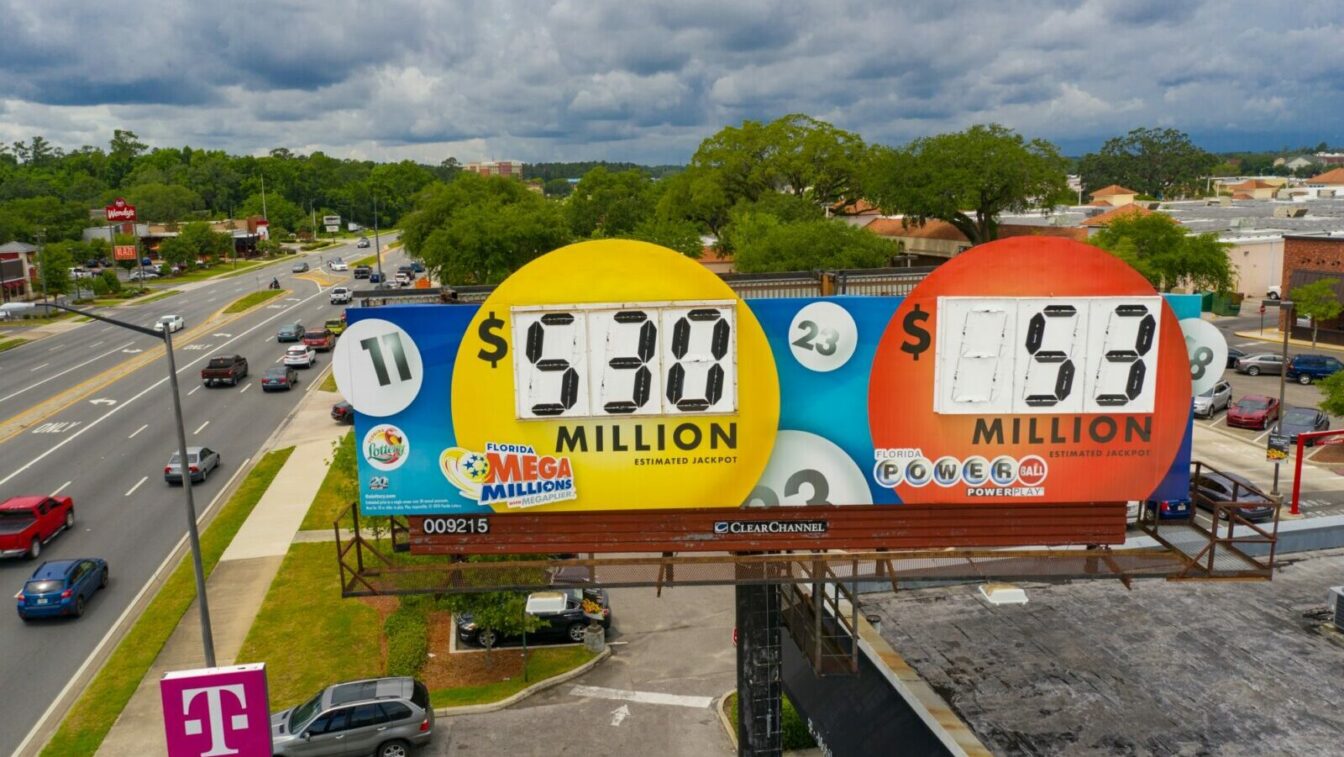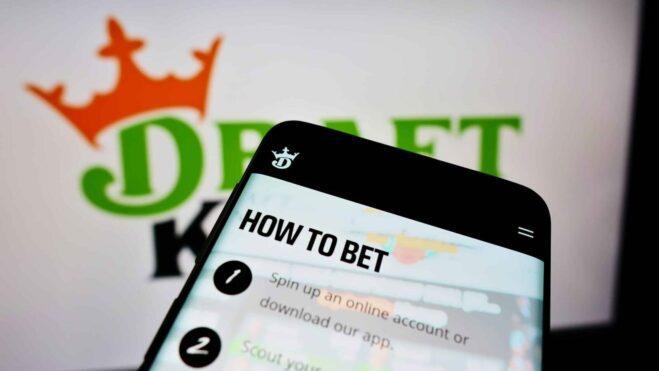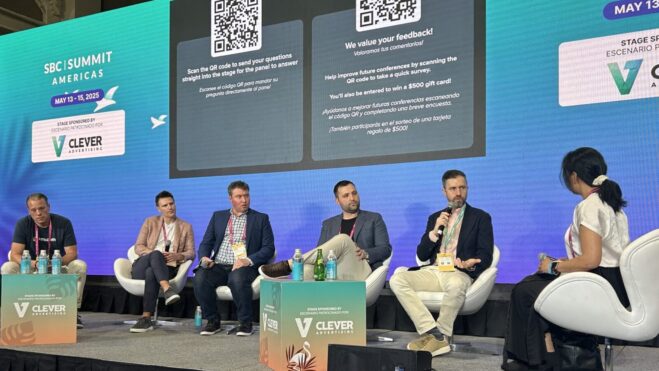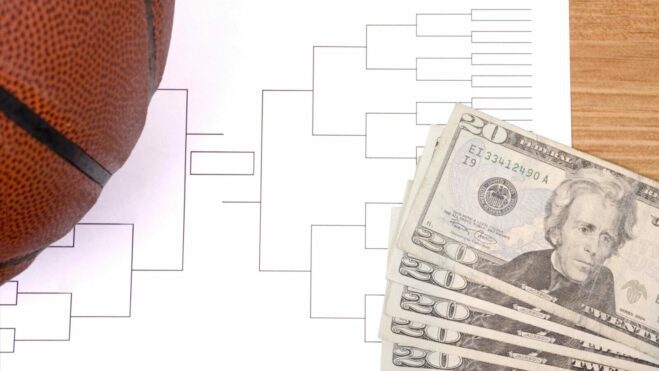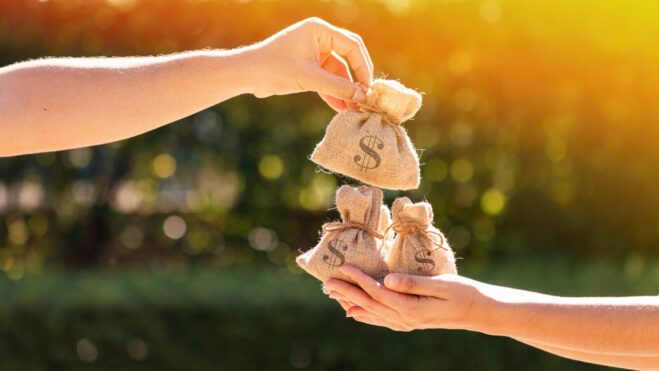Interest Rates And The Lottery — The Relationship Is Not Necessarily What You Think
Economists explain why the Fed lowering the rate is bad for advertised jackpot sizes
3 min
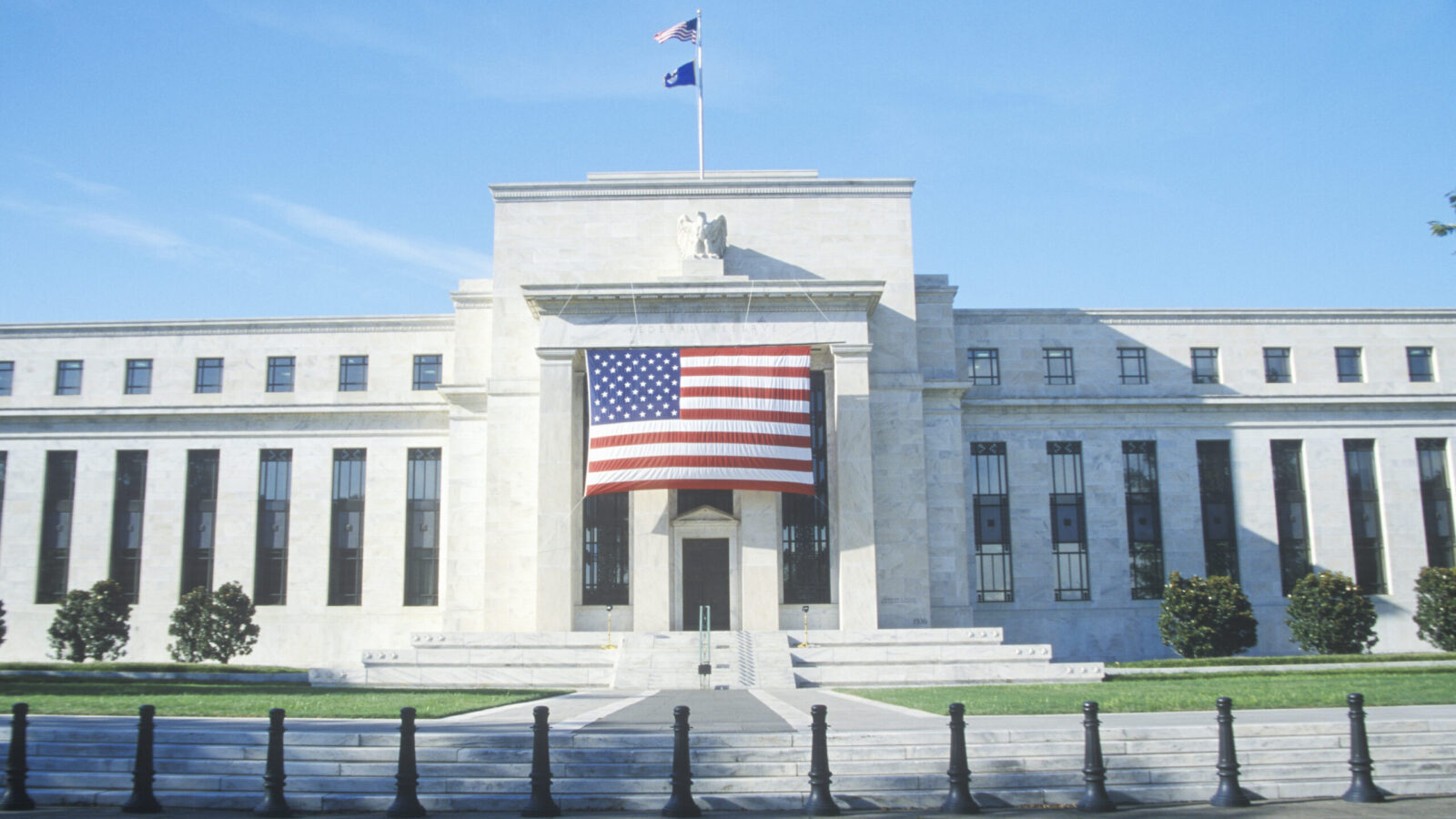
In late September, the U.S. Federal Reserve lowered interest rates for the first time in four years in response to developments in the areas of inflation and unemployment, and more cuts are expected in 2025. September’s reduction, by a larger-than-expected half-percentage point, signaled mostly good news for consumers and businesses, as lower rates typically encourage borrowing and investing and can lighten the burden of debt accrued by financing cars, real estate, and/or college educations.
The lottery industry isn’t immune to changes in interest rates; the effect is not necessarily what one would think, however. Allow us to explain:
Lottery winners have the option of taking a lump-sum cash payout that is less than the advertised jackpot, or an initial payout followed by 29 more payments that, when fully realized, equal the advertised jackpot — an amount that is affected by interest rates. But consumer behavior plays a part: More than 90% of winners take the cash payout. In terms of the amount of money that ends up in the winner’s pocket, that takes the effect of interest rates entirely out of the equation. End of story.
“In a lot of ways, [interest rates] don’t affect [the lottery] at all,” said John Spry, PhD, professor of finance at the University of St. Thomas Opus College of Business in Minnesota. “It’s an illusion. What we see advertised is the jackpot if you take the annuity option.”
Two very different types of payouts
So why the big difference between the two?
First, if one elects to receive a one-time cash payout, a 24% federal tax withholding gets taken off the top.
Second: interest rates.
“Let’s say they have a jackpot, and either they can pay $300 million out today, or they can pay the first payment today, and then it’s 29 annual payments,” Spry said. “So, the amount of U.S. treasuries you would have to buy keeps on changing, and they call that the annuity factor. So, when the Federal Reserve goes through a raising cycle, then that $300 million cash payment shows up as a bigger advertised annuity jackpot.”
That’s an important distinction. You only see the jackpot amount that you almost certainly wouldn’t select on the unlikely chance that you pick the winning numbers. And we all see the advertisements: “The jackpot is up to $130 million.” “The jackpot is $400 million.” “The jackpot is a billion!” What we don’t see as often is how much the jackpot is worth if the winner chooses the cash payout.
Of course, some winners do choose the annuity payout, a more conservative path endorsed by many financial advisers, and consequently, lotteries are required to share with consumers the formula they use to determine jackpots. Few are aware how the numbers are calculated and what roles interest rates and annuities play in the equation.
“The lottery uses an annuity factor that is based on the hypothetical that very rarely happens,” Spry said. “They are going to buy U.S. treasuries to have the funds to pay out that annuity. So, when interest rates are higher, it takes less money up front to buy the U.S. treasuries because they’re paying a higher interest rate.”
That higher interest rate, when applied over 29 years of payments, contributes to a higher advertised jackpot that will likely never be paid because so few take the annuity option.
High interest rates = record (advertised) jackpots
Those higher interest rates, coupled with the ways in which lottery commissions have tweaked their formulae to make winning harder (thereby rolling over the jackpot more frequently), has resulted in jackpots in the hundreds of millions and even billions, amounts unheard of even a decade ago.
And by now you know what happens when record-breaking jackpots are announced and how important it is to the lottery industry that those records keep getting broken.
“In terms of what the lottery association is going to advertise, [the interest rate] actually does make a pretty big difference,” said Victor A. Matheson, PhD, economics professor at University of Minnesota.
Matheson broke down the numbers.
“Let’s imagine we have 5% interest rates, which is roughly what we were running at [before the recent reduction]. A lottery with a 30-year annuity that advertises a jackpot of $30 million would have a cash value of about $16.1 million. If instead those interest rates are 4%, that same jackpot that’s being advertised at $30 million has a cash value of about $18 million.”
Matheson used a Texas Lottery from May 2020 as an example, as it occurred in the middle of the COVID recession when interest rates were at their lowest. The Lotto advertised a $13.75 million jackpot. It had a cash value of $11.8 million.
In June 2022, when the interest rates were increased, the cash payout was worth the same $11.8 million, but the commission was advertising a $17.75 million jackpot. By September of that year, a, $11.8 million cash prize was being advertised as a $19 million jackpot.
“Higher interest rates mean you get bigger advertised jackpots for the same cash prize, and exactly the opposite when we start going down,” said Matheson.
And that’s the reason lottery commissions like high interest rates. It boosts that advertised jackpot amount so high that it gets people off their couch and into lottery retailers to roll the dice.
“Several of the billion-dollar advertised jackpots we’ve seen in Powerball and Mega Millions,” Matheson said, “would not have even hit the magic billion-dollar number had we not had the big run-up in interest rates that we’ve seen over the past couple years.”

